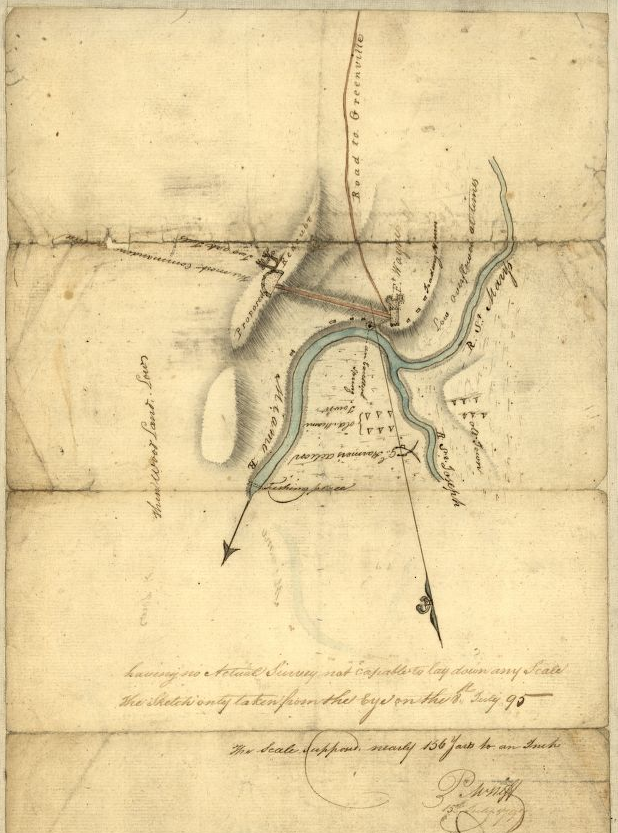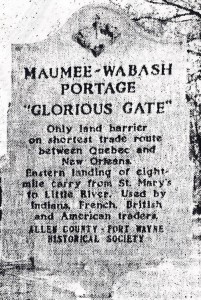
It is not unusual to hear people new to the Allen County, Indiana area mention that local history seems to be an exceptionally prominent topic. Some suggest that this is because northeast Indiana was the stage for much of the nation’s early history. It was through this county that a crossroads was shaped from natural formations that sent rivers flowing in each of the four corners of the compass.
From this point a traveler could move up the Saint Joseph River into Michigan or follow the Saint Mary’s River well into Ohio or head down the Maumee to the Eastern Great Lakes. To the west too, much of this history unfolded because of a short land barrier over which travelers could portage to the headwaters of the Wabash River. It led directly to the Mississippi Valley and to the heart of the continent. Militarily, whoever controlled this crossway of trails, and the rivers they followed, commanded one of North America’s critical sites in the wilderness era. Savage battles were witnessed in the region and resulted in the displacement of the indigenous American Indian peoples.


Popular history tells of battles such as those fought at Concord, Yorktown, and Gettysburg or developments such as the Wright Brothers’ first flight or Edison’s light. However, northeast Indiana’s region is filled with significant, untold stories founded by its unique location. The area is perhaps best described by Miami Chief Little Turtle in 1795 when he described the Three Rivers vicinity to General Anthony Wayne as “that glorious gate . . . through which all good words of our chief’s had to pass from north to south and from east to west.”
Historian Michael Hawfield once described this region:
“In later years, long after the wilderness had been tamed, transportation enterprises, financial corporations, and major manufacturing companies continued to be drawn to this crossroads in the heartland of the American marketplace and industry. Also, attracted to the crossroads were all those extraordinary and wonderfully ordinary individuals who conceived the inventions, made the components, drove the trolleys, designed the buildings, built the parks, and served in wars, put out the fires, developed the businesses, created the hospitals and much more.”

Signs of this lively heritage endure and represent a dynamic present and promising future, as summarized by Hawfield:
“There are churches of touching compassion and beautiful architecture full of meaning, and parks full of recreation, tradition, and natural beauty, and there are noble and curious monuments, the oldest buildings, and the grand homes of bygone magnates. These are the constant reminders of our origins, our challenges and our promise.”
Check out early interpretations of the region’s history with the History of Allen County, Indiana, published in 1880.
